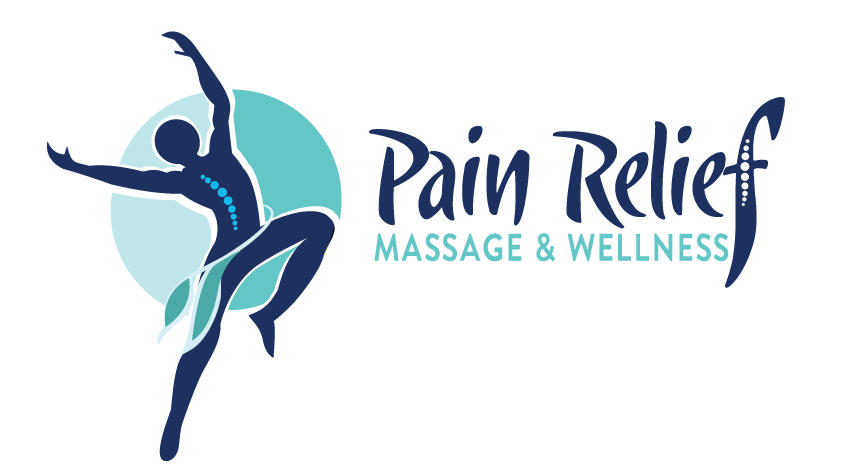Frozen Shoulder
Anyone who has had this condition will tell you it's no walk in the park. Sufferers will tell you that it starts off as a nuisance pain in the shoulder that gets worse and worse; until it's almost impossible to move the shoulder without a great deal of pain. At its worst, sufferers do not want to use the affected shoulder at all because of the pain and resistance they feel when trying to move the arm. This condition can last up to a year or longer. Frozen shoulder is a very appropriate name for what doctors like to call adhesive capsulitis.
Who is more likely to have this condition? Serious injury or surgery to the shoulder can be a precursor. People that are 40 and above are more at risk. Chronic diseases such as diabetes can also play a role. Unfortunately woman have a higher risk as well (statistically speaking). Any shoulder problems that are left untreated can become frozen shoulder over time.
There's actually three stages to frozen shoulder:
- Freezing stage: Any movement in the shoulder becomes painful, range of motion in the shoulder decreases
- Frozen stage: Pain starts to go away in this stage, but the shoulder becomes stiffer and using it become more difficult
- Thawing stage: Pain is pretty much gone, and range of movement begins to return.
So why does this happen? Many doctors are not sure why this happens to some people. What happens though is the capsule of connective tissue that protects the bones, ligaments, and tendons that make up your shoulder joint gets thicker, inflamed, and more restrictive. Scar tissue can also develop in this area causing the shoulder to "freeze up". Here's a look about what I'm talking about:
Do you think you might have this condition and haven't seen a doctor? Make sure that you make an appointment with your primary care physician that can diagnose and prescribe anti-inflammatory medications to make life easier! Most likely your doc will send you to physical therapy based on the severity of adhesive capsulitis. This is where I can step in with my experience with helping clients with this condition.
Of course I'm no physical therapist, I would encourage anyone that really needs it to go! But what can massage do? Well after initial evaluation of the shoulder and testing range of movement, I would work on key muscles that would bring upon some much needed relief. Many times by working the muscles of pectoralis minor, serratus anterior, and rotator cuff region (all help with the movement of the shoulder), I've been able to bring upon some lasting relief. Consistent massage using myofascial release and trigger point therapies have greatly reduced my clients duration of this condition. There's no need to suffer for up to a year or more when this can get hammered out in as little as a few massage sessions. Unsure about whats going on in your shoulder? Make an appointment today and we can discuss it when you come in!


